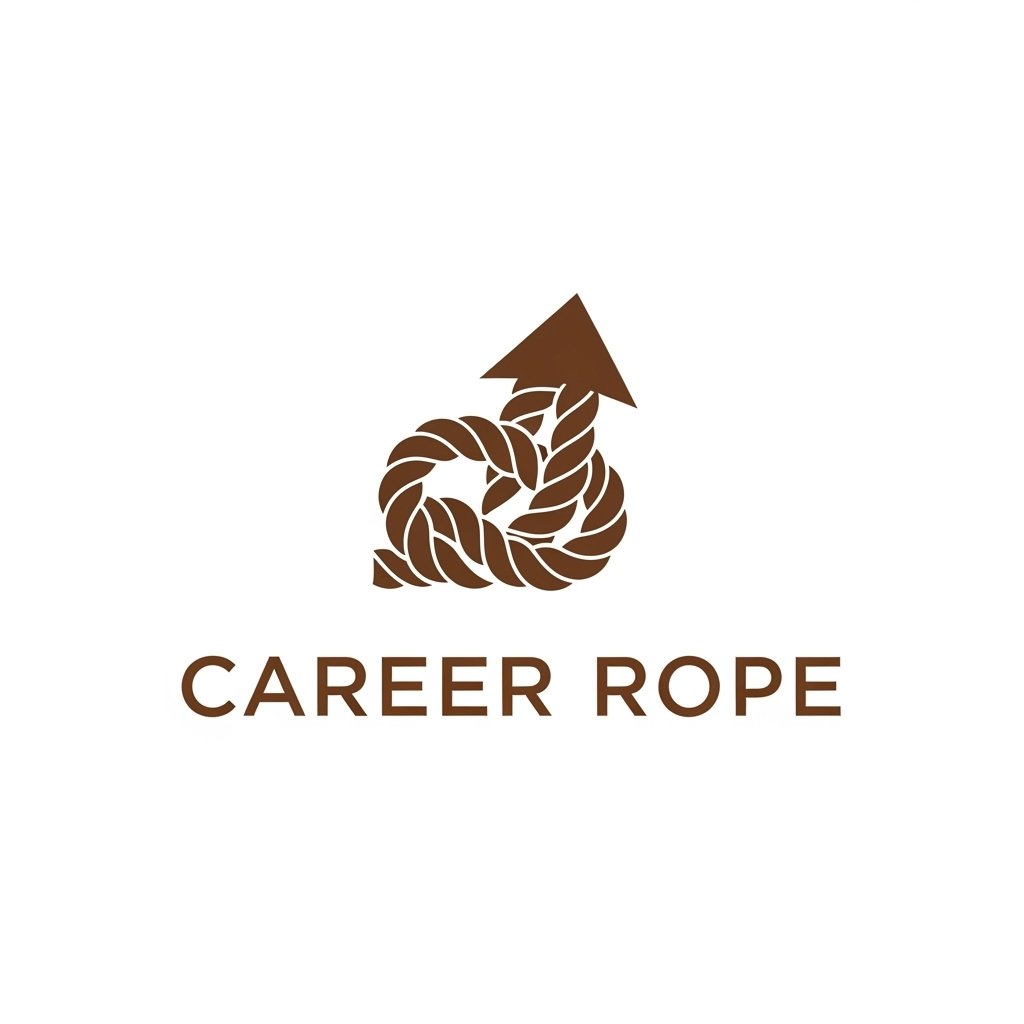A Career Rope Blog Post
In hospitals and clinics across the country, a silent epidemic is raging. It’s not a new virus, but it is highly contagious, debilitating, and carries a staggering financial cost. It’s clinician burnout.
The numbers are stark: 76% of all healthcare workers report feeling exhausted and burned out. Nearly half of all physicians feel the same. This widespread exhaustion is more than a morale problem; it’s a direct threat to your organization’s operational stability and financial health. Why? Because burned-out clinicians leave.
Data shows that 41% of nurses and nearly a third of all healthcare workers are actively planning to leave their jobs within the next two years. When they walk out the door, they take their experience, your investment, and your institution’s stability with them. It’s time for healthcare leaders to reframe the conversation: burnout isn’t a staffing issue, it’s one of your biggest financial risks.
The Vicious Cycle: How Burnout Drains Your Bottom Line
The financial damage from burnout isn’t theoretical; it’s quantifiable and relentless. It operates in a vicious, self-perpetuating cycle:
- Understaffing Creates Pressure: Open positions and lean teams increase the workload on your remaining staff, leading to longer hours and immense stress.
- Pressure Fuels Burnout: This constant, high-stress environment is the primary driver of the physical and emotional exhaustion that defines burnout.
- Burnout Drives Turnover: Clinicians reach a breaking point and resign, seeking a more sustainable work environment.
- Turnover Worsens Understaffing: The cycle begins anew, but now the pressure on the remaining team is even more intense, accelerating the next wave of departures.
This isn’t a temporary dip; it’s a downward spiral. And every turn of the cycle comes with a hefty price tag.
Quantifying the Damage: The Multi-Million Dollar Cost of Turnover
The cost of replacing a single bedside nurse is estimated to be $56,300.
For an average hospital, the annual financial drain from nurse turnover alone is between $3.9 million and $5.8 million.
These are not just numbers on a page; they represent a massive, recurring, and largely preventable loss. Every dollar spent on recruiting and training a replacement for a burned-out employee is a dollar that could have been invested in patient care, new technology, or strategic growth. When viewed through this lens, preventing burnout isn’t a “soft” HR initiative; it’s a hard-nosed financial imperative.
The Strategic Solution: Moving Beyond Recruitment to Retention
The traditional response—simply trying to hire faster—is like trying to fill a leaky bucket. It doesn’t address the underlying cause of the problem. A truly effective strategy must focus on fixing the leaks. It requires a holistic approach to building a resilient and sustainable workforce where clinicians feel supported, valued, and empowered to do their best work.
This is where a strategic talent partner becomes essential. At Career Rope, we help you break the burnout cycle by going beyond transactional recruiting. Our approach focuses on building a comprehensive talent strategy that:
- Reduces Time-to-Fill: By re-engineering your hiring process for greater speed and efficiency, we help you fill open roles faster, easing the workload on your existing teams and relieving a primary source of stress.
- Improves Quality of Hire: We train your hiring managers to be better leaders who can identify the right candidates and create a positive, supportive team environment from day one.
- Builds a Culture of Support: We work with you to craft an Employee Value Proposition (EVP) that goes beyond compensation to include the factors that truly drive retention: flexible scheduling, clear career pathways, and a genuine commitment to wellness.
The most successful healthcare organizations of the next decade will be those that win the war for talent. That war isn’t won with signing bonuses alone; it’s won by creating an environment where the best people want to stay.
Stop treating the symptoms of burnout and start solving the problem. Contact Career Rope today to learn how a strategic approach to talent can protect your staff and your bottom line.
Career Rope | www.careerrope.com
A Specialized Division of Renowned Hiring Solutions | www.renownedhiringsolutions.com


Leave a Reply